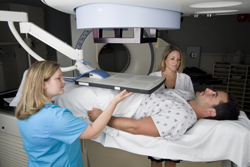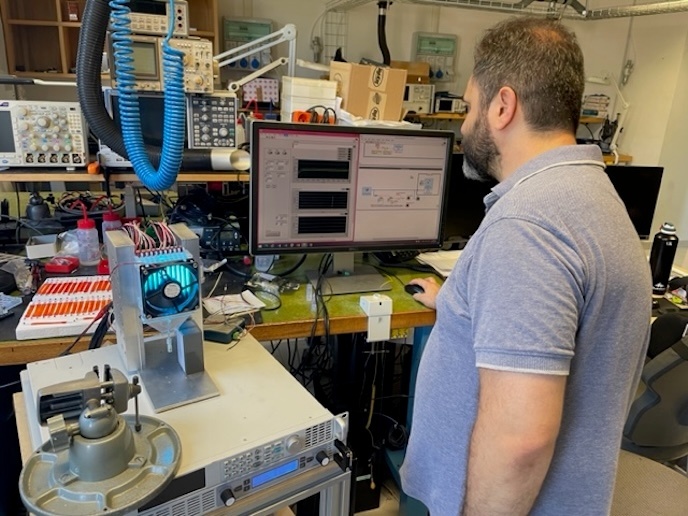The quest for specific reliable prostate cancer markers
Prostate cancer constitutes the most frequent cancer in Europe and a leading cause of male cancer deaths. Serum prostate specific antigen (PSA), a biomarker for prostate cancer, cannot distinguish between aggressive cancer and benign prostate conditions. Screening with PSA therefore causes considerable side-effects from unnecessary treatment of harmless tumours. There is a significant need for early diagnosis and risk stratification between men with potentially life-threatening prostate cancer and less harmful prognoses. Developing the next generation prostate cancer management strategy requires treating well-characterised histopathological specimens with biomarkers of high diagnostic sensitivity/specificity. The EU-funded ‘Validation of recently developed diagnostic and prognostic markers and identification of novel markers for prostate cancer using European databases’ (P-MARK) project coordinated a large European screening study for improved diagnostic and prognostic prostate cancer markers. The collaborating clinical centres in P-MARK, assembled a European prostate cancer biorepository in an attempt to better understand the aetiology of prostate cancer. The project used an optimised proteomic approach, hunting for novel biomarkers. Selected putative biomarkers were subjected to further studies for the exploration of their clinical utility. The European prostate cancer biobank contains a fully annotated set of blood and urine specimens from various stages of prostate cancer cases and controls. Proteomic profiles of prostate and control states led to the identification of novel markers, as well as the evaluation and assessment of recently developed promising markers. Surveying the clinical utility of recently developed prostate biomarkers granted osteoprotegerin, multi-kallikreins and prostate cancer antigen 3 (PCA3) as candidates for further validation studies. The selected molecules were assessed in clinical practice, unveiling a prostate risk indicator tool. Screening and cost-efficient strategies that may increase PCA3s’ skills in early detection of prostate cancer are warranted. Furthermore, interest in the multi-kallikreins biomarkers may lead to commercial diagnostic assays and early clinical trials, evaluating their role as risk indicator for prostate cancer. The establishment of P-MARK and the evolving longitudinal-specimens biobank will facilitate the validation of potential biomarkers’ diagnostic, prognostic and therapeutic parameters for this widespread cancer.







